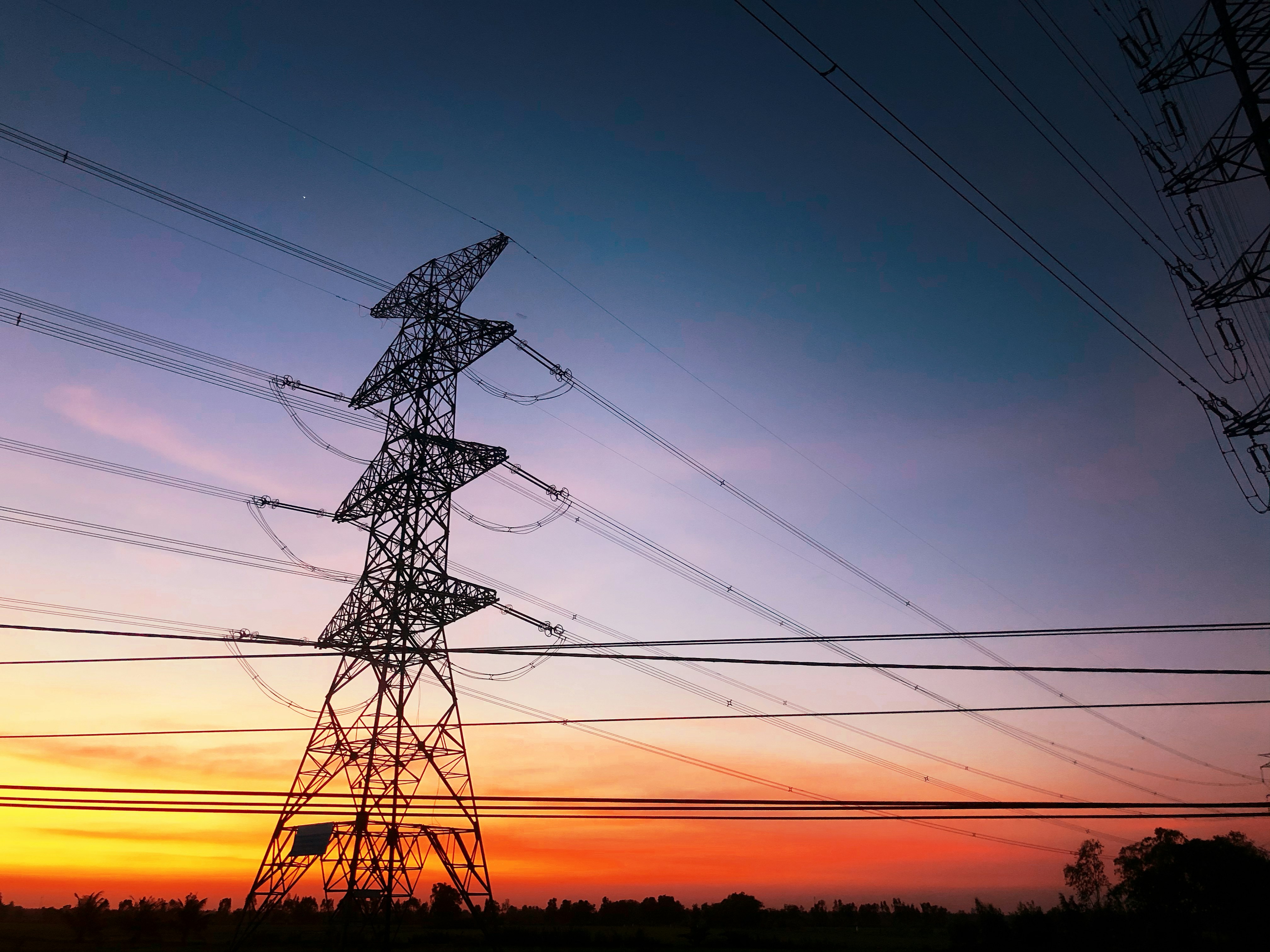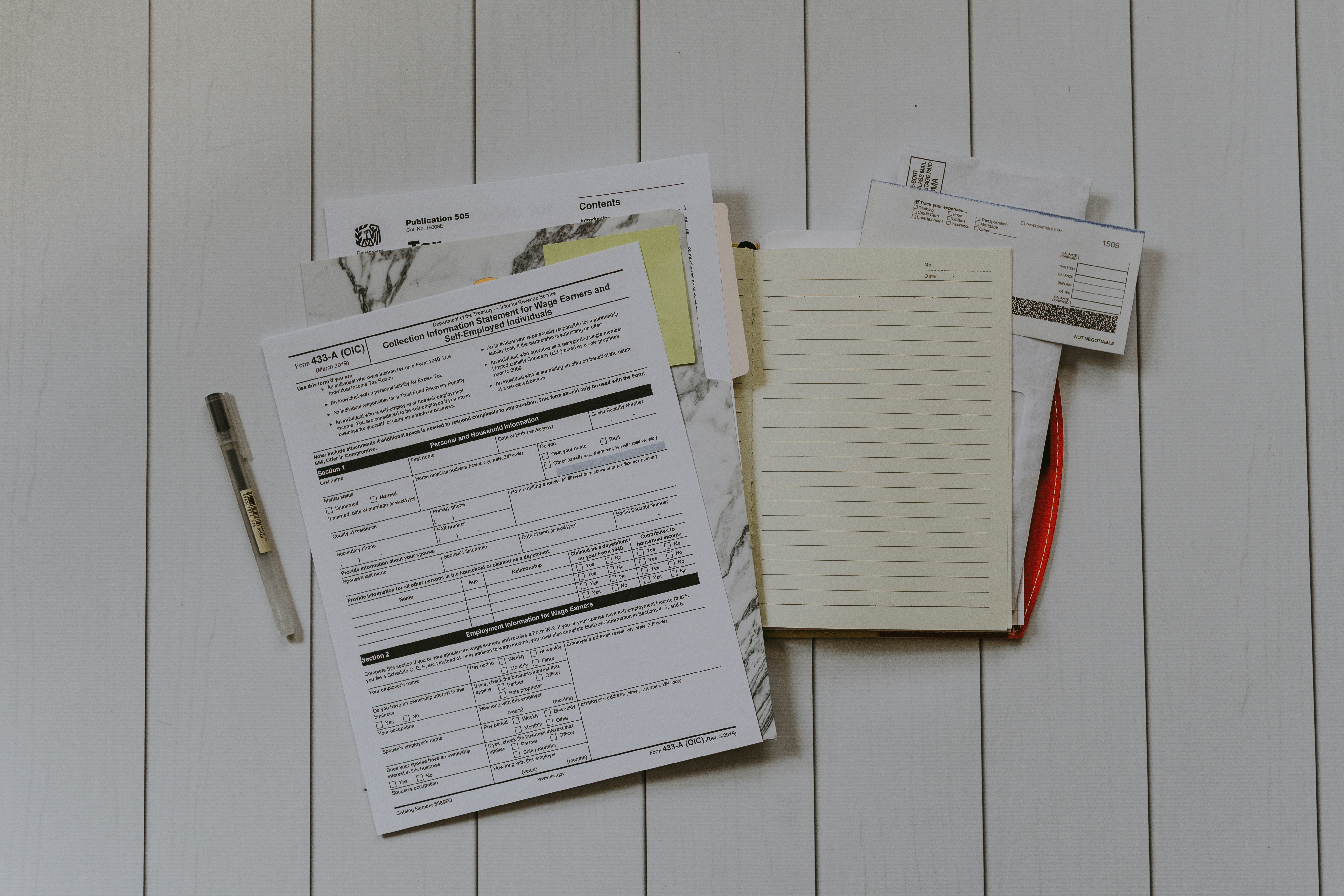Saving Water and Energy with Smart Management Programs: A Q&A with American Water
Let's Save Energy
Alliance to Save Energy's Blog

Most people don’t associate the water coming from their faucets or flowing down their drains as energy intensive. But the truth is water and wastewater systems are enormous consumers of energy – making up about four percent of total U.S. energy use. In a single day, some 52,000 water systems produce 42 billion gallons of water, and 16,230 wastewater facilities treat 34.8 billion gallons. American Water subsidiary facilities alone consume about 1 million MWh per year of electricity, the equivalent of powering almost 10,000 American homes.
All that energy use poses a challenge to public utilities when it comes to providing high-quality, energy-efficient services to customers. But it also presents an opportunity to reduce water and power consumption, and as a result to lower costs and create a more sustainable operational footprint. We asked American Water, an Alliance founding member, to explain their programs to save water and energy while reducing greenhouse-gas emissions.
Blog to Save Energy: What are the primary energy demands for your operation?
American Water: Our pump fleet comprises about 7,500 centrifugal pumping units and makes up roughly 90% of our energy use. We routinely conduct wire-to-water efficiency tests to monitor pump and motor efficiency. Replacing or refurbishing older pumps can result in a 10–20 percent or more improvement and reduction in carbon footprint.
Q: How do you coordinate with the Electric Grid to manage your energy usage day-to-day?
 A: American Water was an early adopter of smart-grid technology to help integrate the way we operate our treatment plants and pumps with electric grid system conditions. We have installed equipment at some locations that allows our pumps to vary electric usage (up or down) based on signals from the local grid operator. This allows us to participate in the energy regulation market by helping to keep the grid in balance. In addition, we participate in emergency demand response at many of our locations by reducing our usage of electricity to help keep the electric grid operational during times of peak electric load. In both cases, we are able to utilize our water system operational flexibility to participate in energy markets that provide cost savings for American Water and helps the utility and community meet its peak electric demands without compromising the safe delivery of water.
A: American Water was an early adopter of smart-grid technology to help integrate the way we operate our treatment plants and pumps with electric grid system conditions. We have installed equipment at some locations that allows our pumps to vary electric usage (up or down) based on signals from the local grid operator. This allows us to participate in the energy regulation market by helping to keep the grid in balance. In addition, we participate in emergency demand response at many of our locations by reducing our usage of electricity to help keep the electric grid operational during times of peak electric load. In both cases, we are able to utilize our water system operational flexibility to participate in energy markets that provide cost savings for American Water and helps the utility and community meet its peak electric demands without compromising the safe delivery of water.
Q: How do you manage your energy use during the day?
A: We have power monitoring and energy use dashboards installed at several American Water facilities, allowing operations and engineering the opportunity to monitor real time energy use. Power use data at 15-minute intervals are possible at these locations, which is the same interval that the energy utility utilizes for demand billing. This real time energy usage is a key component in helping to ensure we do not exceed our historical peak demand, thereby effectively managing energy cost.
Also, our distribution systems are also modeled to analyze current and future hydraulic conditions to enable efficient pump selection and operation while optimizing system performance under various demand conditions. By monitoring and selecting the most efficient pump combinations, we can both reduce our kW demand and our kWh usage while at the same time ensuring our customers receive the same high quality water service they are accustomed to from American Water.
Q: What other steps do you take to manage your energy usage?
A: For water utilities, detecting and repairing leaks is a main component of conserving water and energy. Aging infrastructure, fluctuating water temperatures, soil movement, vibrations, and water pressure changes are some of the factors contributing to water leakage. Once water leaves the treatment plant, it contains “embedded” energy, typically in the range of roughly 2,000 kwh/million gallons. With every drop of lost water there is a commensurate loss of energy and reduction in energy efficiency.
We use acoustic leak-detection systems and improved metering techniques to find leaks more rapidly and reduce water loss. We built on an Israel–US Binational Industrial Research and Development (BIRD) Foundation grant and are now working with California Energy Commission (CEC) to further develop the Stream Control Advanced-Pressure Management System. The project is expected to further reduce water leakage while saving energy.
RECENT BLOG POSTS
STAY EMPOWERED
Help the Alliance advocate for policies to use energy more efficiently – supporting job creation, reduced emissions, and lower costs. Contact your member of Congress.
Energy efficiency is smart, nonpartisan, and practical. So are we. Our strength comes from an unparalleled group of Alliance Associates working collaboratively under the Alliance umbrella to pave the way for energy efficiency gains.
The power of efficiency is in your hands. Supporting the Alliance means supporting a vision for using energy more productively to achieve economic growth, a cleaner environment, and greater energy security, affordability, and reliability.



